I have successfully deployed my laravel 5 app to AWS EC2. I have also created a MySQL database with AWS RDS and associated it with my app instance.
Now I want to set my env variables so it uses homesteads default values when on my local machine in development, and my AWS database when deployed and in production.
From here I've made a major edit to my original question to reflect what I've learned since asking it
The classic .env in a laravel project for local development looks roughly like this:
APP_ENV=local
APP_DEBUG=true
APP_KEY=BF3nmfzXJ2T6XU8EVkyHtULCtwnakK5k (Note, not a real key)
DB_HOST=localhost
DB_DATABASE=homestead
DB_USERNAME=homestead
DB_PASSWORD=secret
CACHE_DRIVER=file
SESSION_DRIVER=file
QUEUE_DRIVER=sync
MAIL_DRIVER=smtp
MAIL_HOST=mailtrap.io
MAIL_PORT=2525
MAIL_USERNAME=null
MAIL_PASSWORD=null
For production, I've finally understood that I simply create a new .env file with my production variables. When using AWS, my .env file would roughly look like this:
APP_ENV=production
APP_DEBUG=false
APP_KEY=BF3nmfzXJ2T6XU8EVkyHtULCtwnakK5k (Note, not a real key)
DB_HOST=aaxxxxxxxxxxxxx.cyxxxxxxxxxx.eu-central-1.rds.amazonaws.com:3306
DB_DATABASE=MyAppsDatabaseName
DB_USERNAME=MyAWSRDSUserName
DB_PASSWORD=NotARealPassword
CACHE_DRIVER=file
SESSION_DRIVER=file
QUEUE_DRIVER=sync
MAIL_DRIVER=smtp
MAIL_HOST=mailtrap.io
MAIL_PORT=2525
MAIL_USERNAME=null
MAIL_PASSWORD=null
My question/problem now
I use AWS eb cli to deploy my app from git. But how do I deploy my production .env file without having to push it to git first?




